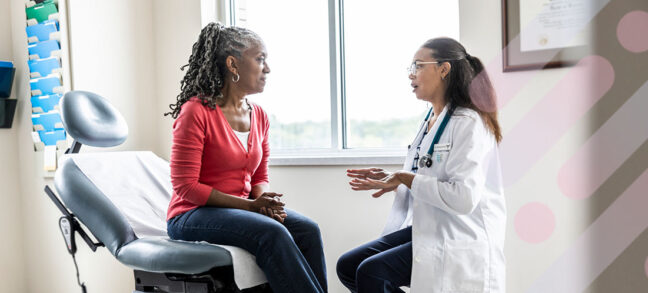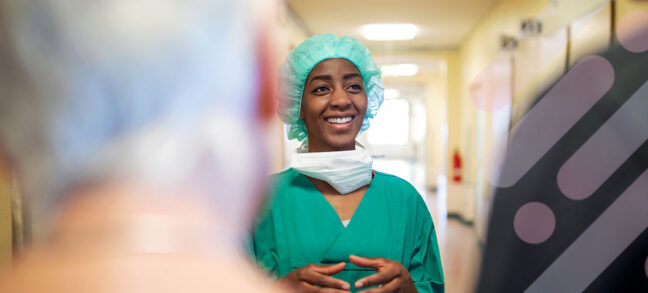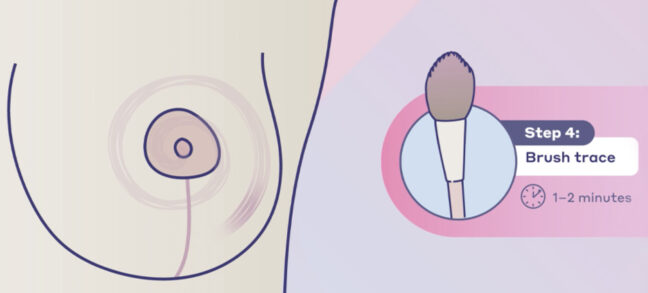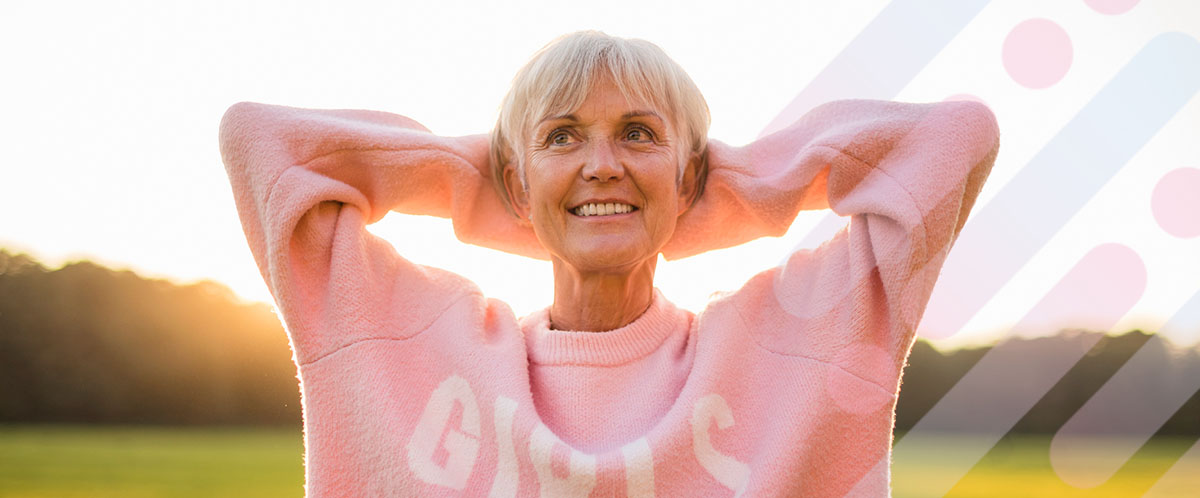When the sun comes out, it’s tempting to soak up all the vitamin D you can get. But if you’re undergoing breast cancer treatment, you may think you need to stay inside all summer. The good news is that, by following a few guidelines (and your doctor’s instructions!), you can safely enjoy the sunshine during treatment and recovery.
chemotherapy, radiation and sun sensitivity
Chemotherapy and radiation can make your skin more sensitive to sunlight. While it’s tempting to take advantage of long summer days, make sure you avoid sunburn by following these guidelines:
- Avoid direct sunlight, especially during the brightest part of the day (10 a.m.–3 p.m.). If you need to be outside, try to find shade.
- Use sunscreen with SPF 30 or higher. Re-apply frequently while you’re in the sun, especially if you’ve been swimming or sweating. (Note: If you’re undergoing chemotherapy, check with your doctor before swimming.) Even on cloudy days, the sun can still affect your skin, so don’t skip the sunscreen on a rainy day. Keep reading to learn what to look for in a sunscreen.
- If you do get sunburned, your doctor can prescribe a healing ointment. You can also use a cool, wet compress to soothe the burned skin.
- Keep your skin covered as much as possible with loose-fitting clothes that cover your arms and legs. Since it’s possible to get sunburned through your clothes, try bamboo fabrics or other UVA- or UVB-protective clothing. If you’re undergoing radiation, take extra care to cover the parts of the body that were exposed to radiation, since they’re more sensitive.
- Keep your head covered, too. And don’t forget sunscreen if you’re embracing the bald-is-beautiful lifestyle. Another comfortable option is a soft cotton scarf or head wrap, either on its own or underneath a wide-brimmed hat.
- Don’t forget the sunglasses. UV rays can harm your eyes, too.
Sun sensitivity can last up to two months after you finish chemotherapy. The effects of radiation can last longer—a year or more after treatment ends.
what sunscreen should I use?
The American Academy of Dermatology recommends a sunscreen that is SPF 30 or higher, is water-resistant, and offers broad spectrum protection against both UVA and UVB rays.
Most people only apply half the sunscreen needed to get the amount of SPF indicated on the bottle. Be generous when applying sunscreen; most adults need a shot glass-sized amount, or one ounce, to cover their entire body. Reapply every two hours, or sooner if you are swimming or sweating.
There are two types of sunscreens: physical and chemical.
- Physical sunscreens, also called mineral sunscreens, sit on the skin’s surface to deflect UV rays. Since they’re gentler on sensitive skin, opt for these sunscreens if you’re undergoing chemotherapy or radiation. Look for the ingredients zinc oxide or titanium dioxide.
- Chemical sunscreens soak into the skin to absorb sun rays. Look for the active ingredients oxybenzone, avobenzone, octisalate, octocrylene, homosalate and octinoxate.
sun and surgery scars
If you have scars from mastectomy or other surgery, sunlight can slow down the healing process and change their coloring. Take extra care to cover your scars when applying sunscreen. Your scars may be extra-sensitive to the sun’s rays for up to a year after surgery. Research suggests that wearing sunscreen with SPF 30 for up to 18 months following surgery, along with other sun safety precautions like covering your skin, can protect against skin problems and reduce hyperpigmentation.
With the right precautions, you can still enjoy the summer sunshine while undergoing breast cancer treatment or recovery. Learn more about other things you may want to consider as a breast cancer thriver this time of year.
Some links will navigate you away from the Resensation® website. Links outside of resensation.com are provided as a resource to the viewer, and do not constitute an endorsement or recommendation by Axogen. Axogen accepts no responsibility for or control over the content of the linked sites.
Resensation Articles

How does mastectomy impact the nerves in the breast?
One sometimes overlooked aspect of mastectomy is its impact on nerves. Read what happens to nerves during mastectomy and explore…
Read More
What happens during implant breast reconstruction with Resensation®?
By repairing sensory nerves, Resensation® enables you to potentially regain sensation to your chest. Read how this procedure works during…
Read More
how resensation® helped Leanna feel secure in her family’s future
With Resensation®, Leanna can be there to watch her kids grow up—without losing the feeling of being whole.
Read More
post-surgery sensory retraining: instructions and video guide
Sensory retraining is a series of exercises designed to help you reconnect with your body after breast reconstruction with Resensation®.
Read More